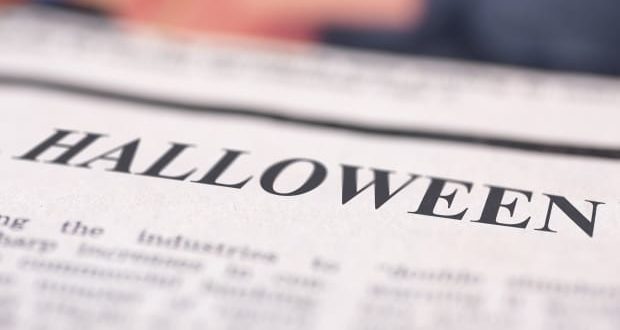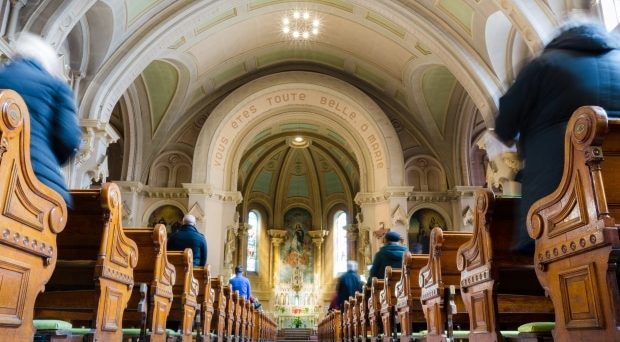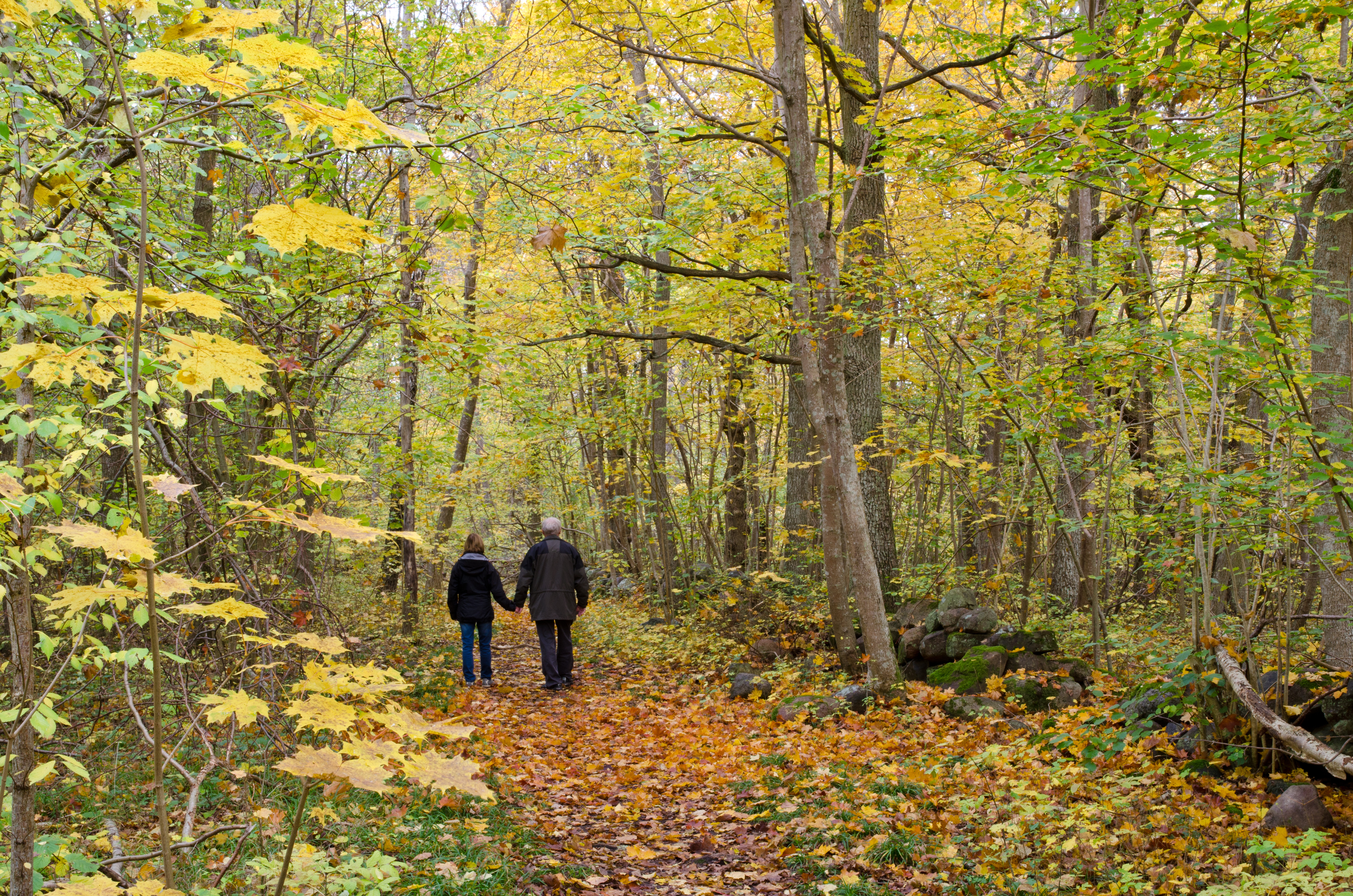Why I No Longer Celebrate Halloween
Background
As a youngster, like most kids, I annually participated in Halloween and Trick or Treating. Eventually, I began to get a clue it was time to retire my big and tall man costume. Adults began asking with increasing frequency, “Aren’t you a little too old to be trick or treating?”
Irritated, my friends and I would jump in the car and drive off. 😛 The holding of harvest parties and trunk or treat events were several decades in the future.
As a parent, I allowed my son to Treat or Treat. However, as I learned more about Halloween’s history and background, I grew uneasy with his participation. Despite my distress, I allowed my son to continue to Trick or Treat. It’s practically impossible to get the horse back behind the gate once it’s been open.
Halloween Origins
The ancient Celtic festival of Samhain is the roots of Halloween. November 1st was when the Celts celebrated Samhain. The Celts lived over 2000 years ago in Northern France, United Kingdom, and the area now known as Ireland.
The Celts held a common belief the boundary between the worlds of the living and the dead became blurred the night before the New Year. According to the Celts, ghosts of the dead came to earth on the night of Samhain.
The Celtic priests would make predictions during this time as the spirits were thought to be present on earth. These prophecies and predictions were a source of comfort to many during the long, cold winter.
Today, Halloween is celebrated on Oct 31st. It’s common to find people making bonfires and wearing costumes to ward off ghosts. It also includes other activities like trick or treating, eating treats, festival gatherings, and carving Jack-o-Lanterns.
The Role of the Catholic Church
On May 13, 609 A.D., the Catholic feast of All Martyr’s Day to honor all Christian Martyrs was established in the western church by Pope Boniface IV in Rome. The festival was later widened by Pope Gregory III to include all saints and moved the observance from May 13 to November 1.
It marked the end of summer and the beginning of the cold, dark winter. This period was associated with human death and damaged crops.
The 9th Century witnessed Christianity’s spread into the Celtic lands and gradually blended with old Celtic traditions. The church made November 2nd All Souls Day – a day to honor the dead.
The church was trying to replace the Celtic festival of the dead with a church tradition. The All Souls day was celebrated like Samhain, with parades, costume dressing, and bonfires.
It was also called All-Hallows. The traditional night of Samhain was later known as All-Hallows and, eventually, Halloween.
Halloween in America
Due to the strong protestant belief systems in colonial New England, Halloween celebrations were limited. However, celebrations were common in Maryland and the Southern colonies.
After a while, the customs and traditions of different European ethnic groups and American Indians meshed, causing a distinctly American version of Halloween to emerge.
In the beginning, the celebration included play parties, dancing, singing, and neighbors swapping stories of the dead and telling each other’s fortunes.
During the second half of the 19th century, millions of Irish fleeing the Irish potato famine immigrated to America. Along with them came the Halloween celebrations that began to gain popularity nationwide.
How Halloween wasn’t Celebrated in the U.S for Religious Reasons
Many Christians in the U.S don’t celebrate Halloween due to its origins and association with paganism and satanism. It’s a holiday based on non-Godly themes and filled with superstitions, sorcery, and mystery.
Today, most Americans don’t have a problem participating in this spooky holiday. Still, about 20% avoid the holiday entirely for religious reasons, and 15% avoid Halloween’s pagan elements.
Is it Wrong to Celebrate Halloween?
The above scripture directs Christ-followers not to have any association with any dark activity and make others aware of this subject.
As mentioned earlier, the early church failed to expose Halloween for what it was but instead incorporated it into the church holy days. Can you be a believer and participate in Halloween?
While I no longer celebrate Halloween, to be sure, I haven’t arrived when it comes to horror and the macabre. I’ve been a long-time horror movie fan, so I feel convicted by the above scripture.
Please share this post with your family and your friends. Here are some ideas for fall family-friendly activities.






